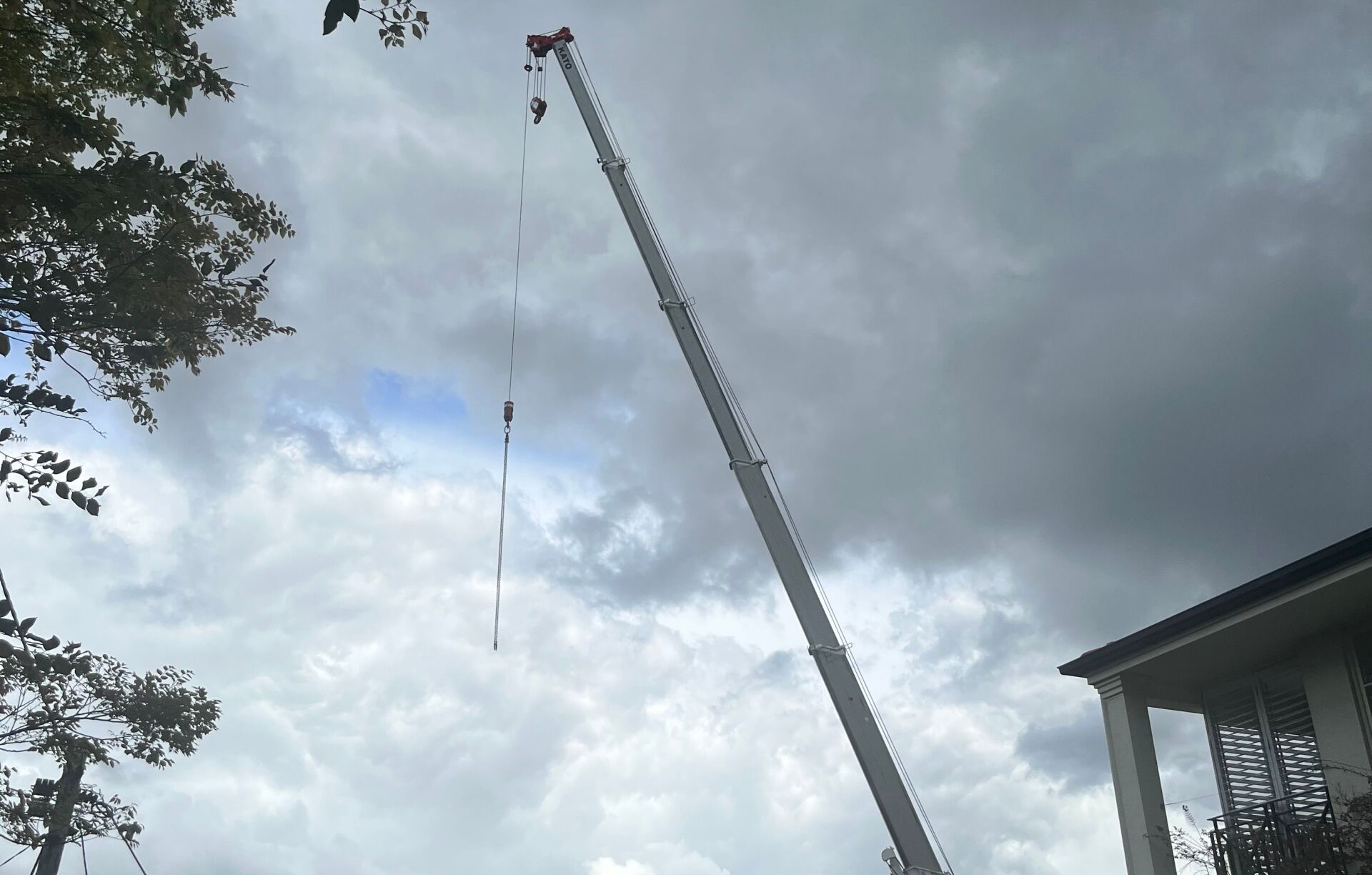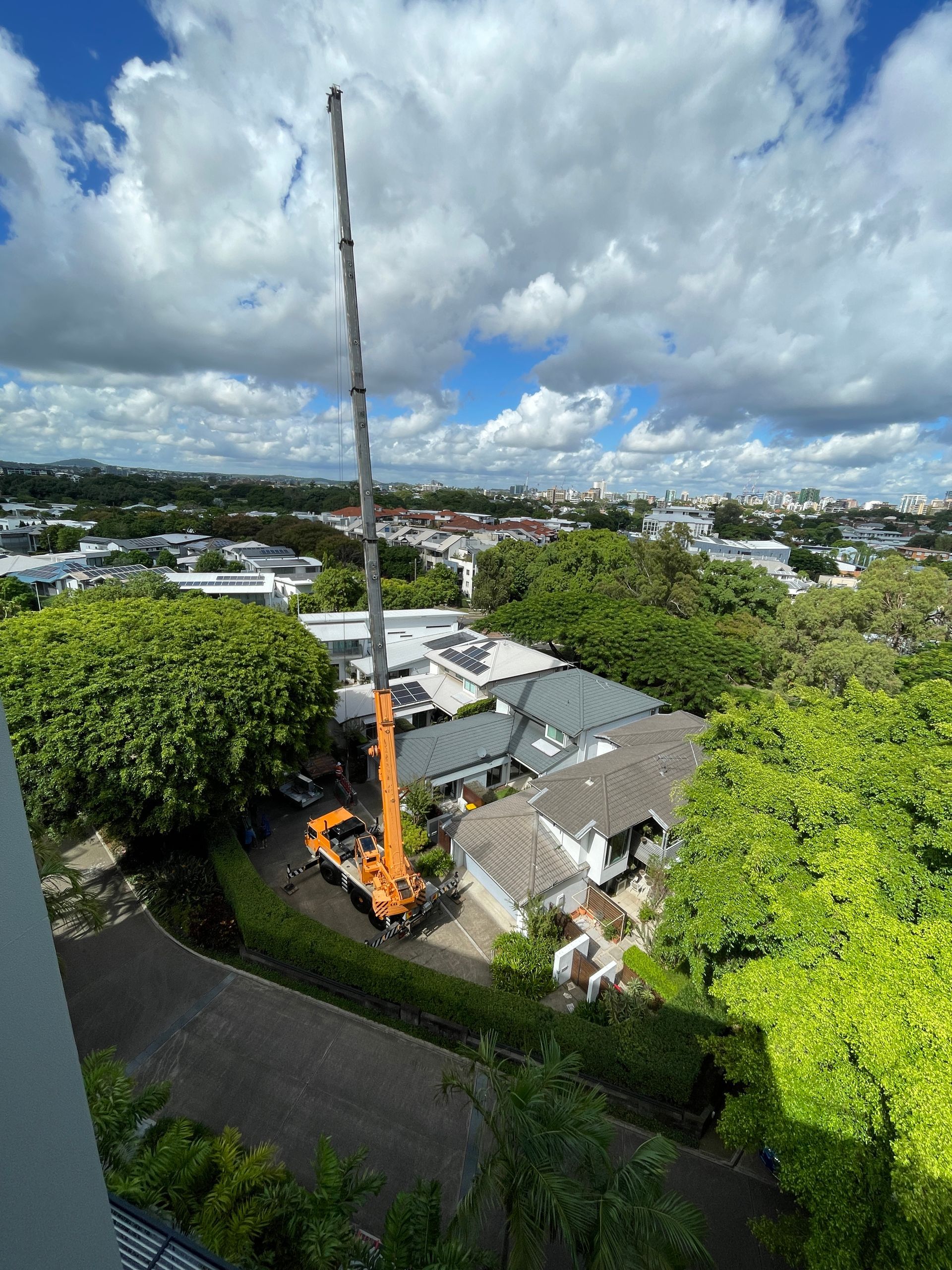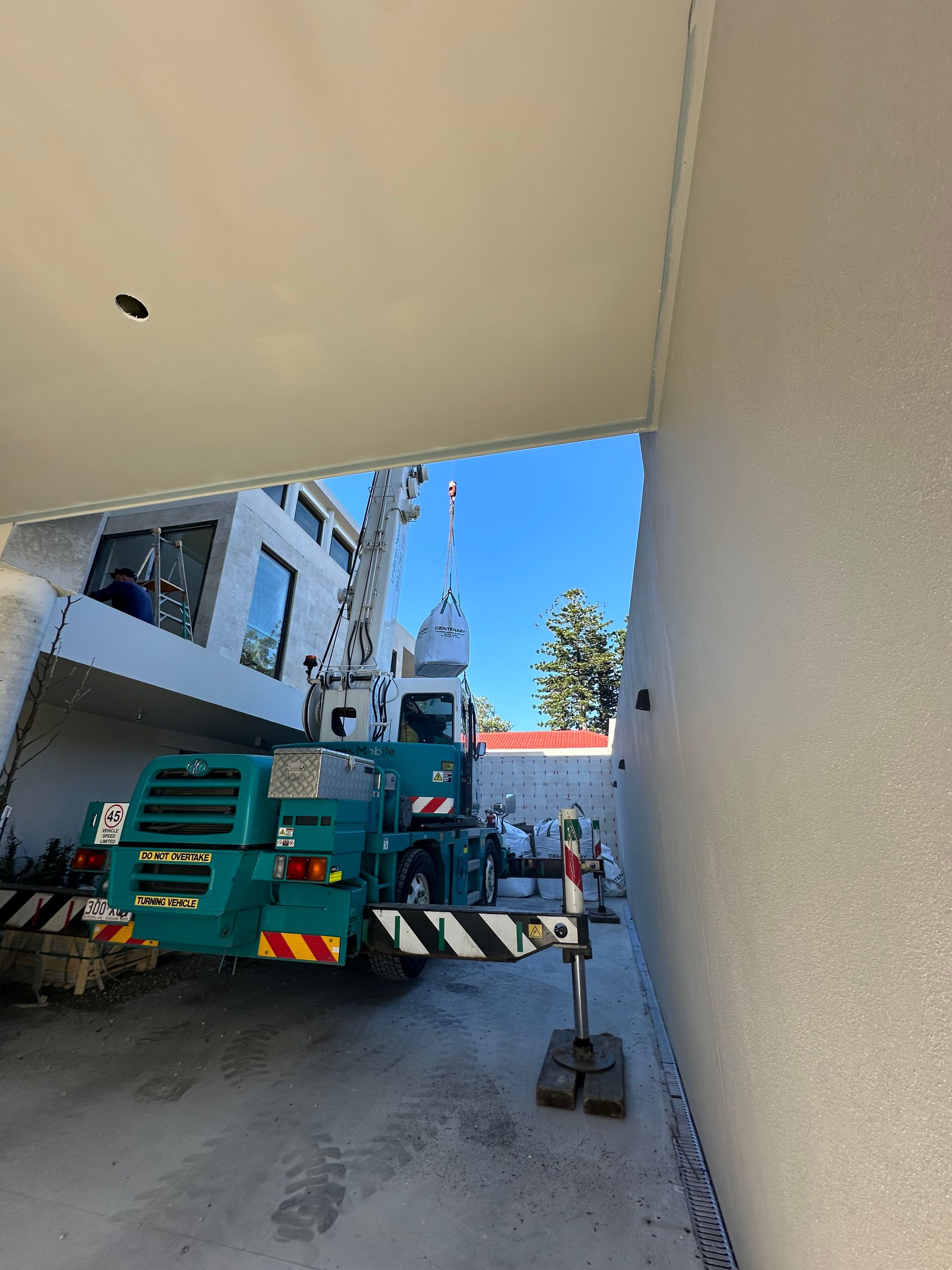Crane Safety for the New Year

Identifying potential risks and hazards is of great importance when operating or considering operating a crane. Once they have been established, threats can be managed and controlled adequately to minimise the incidences of avoidable accidents and consequences. These hazards can occur from a range of factors such as the following:
• The Crane Itself
How is the structure of the crane, mechanical power source, electrical and hydraulic systems, moving parts and load carrying capacity? Do any of these factors pose a risk to the crane’s operation?
• The operation of the crane
Is there a process to safely manage the crane’s operation in terms of loads and in conjunction with other work being done in the area.
• Pinch Points
A majority of cranes will be able to move at the base in order to put the load where it needs to go. When this happens, anyone who is in the area surrounding the crane could get trapped in a pinch point and get crushed. The crane operator typically does not have visibility to the area directly around the machine, which makes this safety hazard even more serious. Identifying pinch points is essential in safe crane operation.
The safety of crane operation is crucial so that steps can be taken to ensure the safety of those working around cranes and to avoid damage to the machinery itself.
The Liftout

When people think of crane hire, they often picture towering construction sites or major infrastructure projects. But across Southeast Queensland, an increasing number of residential builders are considering mobile cranes as an essential tool onsite. At Lindores Mobile Cranes , we’ve seen first-hand how reliable crane hire can simplify and speed up residential builds. Smarter Lifting for Modern Home Builds As homes get larger, blocks get smaller, and architectural designs become more complex, the need for precision lifting has never been greater. Roofing materials, structural steel, and even prefabricated walls often need to be placed quickly and safely in hard-to-reach locations. Our mobile cranes, including Mini Crawlers and Frannas , make light work of these tasks. This saves builders time, reduces manual handling, and improves site safety. With our experienced operators on board, there’s no guesswork, no delays, and no unnecessary risk. Explore our mobile crane fleet Tight Access? No Problem. Many of Brisbane’s older suburbs, like Paddington, Spring Hill, and Petrie Terrace, come with tight driveways, steep slopes, and minimal space for materials. That’s where compact mobile cranes and mini crawlers shine. They’re designed to work in confined spaces without compromising lifting capacity or site safety. We regularly help builders lift roofing, frames, pools, and more into hard-to-access sites, without the need for expensive site modifications or lengthy manual labour. Supporting the Sunshine Coast and Gold Coast Residential Market It’s not just Brisbane where we’re seeing demand. Across the Sunshine Coast, with its steep hinterland blocks, and the Gold Coast, where many homes are built close to canals or high-density zones, mobile crane hire is becoming a key part of building smarter, safer homes. Crane Hire That Fits the Residential Build Schedule We know how critical timing is for builders. Delays in lifting can hold up entire stages of the project. That’s why we offer flexible booking options, fast response times, and a commitment to showing up when we say we will. It’s part of the reason why so many residential builders across Southeast Queensland trust Lindores Mobile Cranes for their lifting needs. Ready to Lift Smarter on Your Next Build? No matter the project, our team has the equipment and expertise to help. Contact our team today by calling us on 07 3376 0611 or email lmcops@lmcranes.com.au.

Urban construction across Brisbane’s inner suburbs, like Brisbane City, Fortitude Valley and West End, presents a unique challenge. Limited street access, tight driveways, weight-restricted concrete slabs, and close proximity to neighbouring buildings mean that traditional mobile cranes simply won’t fit. At Lindores Mobile Cranes , we’ve seen how mini crawler cranes are transforming the way construction is carried out on these sites. Compact, precise, and highly mobile, these machines are fast becoming essential for projects across Queensland . Rethinking Lifting for Urban Environments In city and suburban projects, space is at a premium. Construction teams often deal with narrow laneways, busy streets, or strict local council rules that make large-scale crane operations unfeasible. In some cases, access is so restricted that conventional lifting equipment can’t get anywhere near the job site. That’s where mini crawler cranes come in. Built specifically for tight and complex environments, these machines allow builders to lift heavy materials safely and efficiently, without the need for wide access or extensive setup areas. See our full fleet of mobile and mini cranes. Compact Size, Serious Capability Despite their size, mini crawler cranes don’t compromise on performance. Designed to operate in confined spaces, they’re able to move through narrow driveways and even fit inside buildings if required. Their rubber tracks reduce surface pressure, making them safe for use on rooftops or polished concrete slabs, and their zero tail-swing allows for safe manoeuvring in environments with little margin for error. These features make them ideal for everything from steel erection and glass installation to HVAC placement and residential renovations. We’ve supported projects as varied as boutique homes in New Farm and shopfront fit outs in Surfers Paradise , proving how versatile these compact machines really are. Designed for the Modern Job Site Mini crawler cranes are an increasingly popular choice for residential builds, renovations, and even commercial fit outs across Queensland. Their small footprint and fast setup time mean less downtime, lower costs, and fewer headaches when working in restricted-access environments. Ready to Lift Smarter in Tight Spaces? At Lindores Mobile Cranes , we’ve helped countless clients across Brisbane , the Gold Coast , and South East Queensland navigate complex job sites with ease. Our team can advise you on the right crane for your lift, organise pre-lift planning, and provide experienced operators who understand the ins and outs of working in urban environments. Contact our team today by calling 07 3376 0611 or email lmcorps@lmcranes.com.au.

